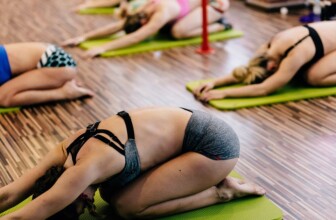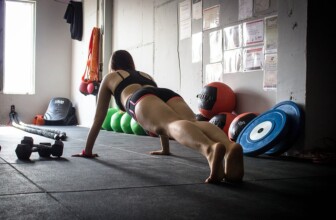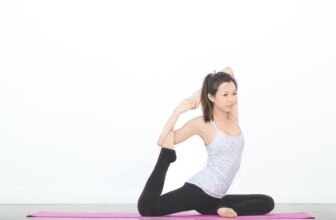Revitalize Your Recovery: The Benefits and Techniques of Contrast Therapy
In the pursuit of optimal recovery and wellness, *contrast therapy* emerges as a remarkably effective tool that combines the physiological responses of cold and heat for muscle recovery, pain relief, and overall well-being. This extensive article will delve into the mechanics of contrast therapy, its benefits, techniques, successful applications, and the science supporting its efficacy.
Table of Contents
- What is Contrast Therapy?
- The Science Behind Contrast Therapy
- Benefits of Contrast Therapy
- Techniques for Effective Contrast Therapy
- Real-Life Applications and Case Studies
- Q&A Section
- Resources
- Conclusion
- Disclaimer
What is Contrast Therapy?
Contrast therapy is a therapeutic technique that alternates between applying cold and heat to the body. Primarily used in sports and physical therapy settings, it helps in recovery from injuries, alleviating muscle soreness, and improving circulation. The dual application of temperature stimulates the body's healing mechanisms, making it an excellent choice for athletes and anyone looking to improve physical function.
The Science Behind Contrast Therapy
Contrast therapy operates on the principle of *thermoregulation*. When cold is applied to the skin, blood vessels constrict, reducing blood flow and inflammation. Conversely, heat leads to vasodilation, enhancing blood flow and promoting healing by delivering essential nutrients to the affected area.
This cycle encourages the body’s natural healing processes. Numerous studies suggest that combining these two modalities enhances recovery rates from exercise-related injuries and can even help manage chronic pain conditions.
Benefits of Contrast Therapy
- Improved Circulation: The alternating temperatures help stimulate blood flow, which is essential for recovery.
- Reduced Muscle Soreness: Athletes often report less delayed onset muscle soreness (DOMS) after using contrast therapy.
- Enhanced Range of Motion: By promoting relaxation and reducing stiffness, contrast therapy can help maintain flexibility.
- Accelerated Recovery: Regular application may shorten downtime after intense training or injury.
Techniques for Effective Contrast Therapy
While various contrast therapy techniques exist, the following are commonly employed:
- Contrast Bath: Alternating immersion of limbs in hot and cold water.
- Contrast Shower: Switching water temperature in the shower for a full-body effect.
- Cold Packs and Heating Pads: Manually transitioning between localized cold and heat applications.
An effective session might start with 3-5 minutes of cold followed by 3-5 minutes of heat, repeated for several cycles. Always finish with cold therapy to help close the blood vessels and reduce any residual inflammation.
Real-Life Applications and Case Studies
Numerous athletes have found success with contrast therapy.
Case Study 1: A collegiate track athlete struggled with chronic hamstring tightness. Implementing a rigorous contrast therapy regimen led to a 30% decrease in discomfort and a marked improvement in performance metrics over six weeks.
Case Study 2: A weekend warrior who experienced joint pain from high-intensity workouts integrated contrast bathing after long sessions. He reported significantly improved recovery times and a greater ability to perform subsequent workouts.
Q&A Section
What are the ideal temperatures for contrast therapy?
Cold temperatures generally range from 50-60°F (10-15°C) and hot temperatures should be anywhere from 100-110°F (37-43°C).
How often should contrast therapy be performed?
This depends on individual needs; however, many practitioners suggest 2-3 times per week, especially following intense workouts or physical activity.
Can contrast therapy be performed at home?
Yes! Contrast showers or buying contrast bath tubs provide great at-home options.
Resources
| Source | Description | Link |
|---|---|---|
| National Athletic Trainers' Association | Guidelines on the use of contrast therapy in sports. | Visit NATA |
| American Journal of Sports Medicine | Research studies on recovery techniques. | Visit AJSM |
| PubMed Central | Access to various articles on contrast therapy and cold/heat treatments. | Visit PMC |
Conclusion
Contrast therapy offers a multi-faceted approach to recovery and wellness. By leveraging the body's natural reactions to temperature changes, individuals can experience faster recovery times, decreased soreness, and enhanced overall performance. As research continues to evolve, we can expect more refined methodologies and applications of contrast therapy, paving the way for improved performance and recovery techniques.
Disclaimer
The information provided in this article is for educational purposes only and should not be considered medical advice. Always consult a healthcare professional before beginning any new treatment or therapy.










